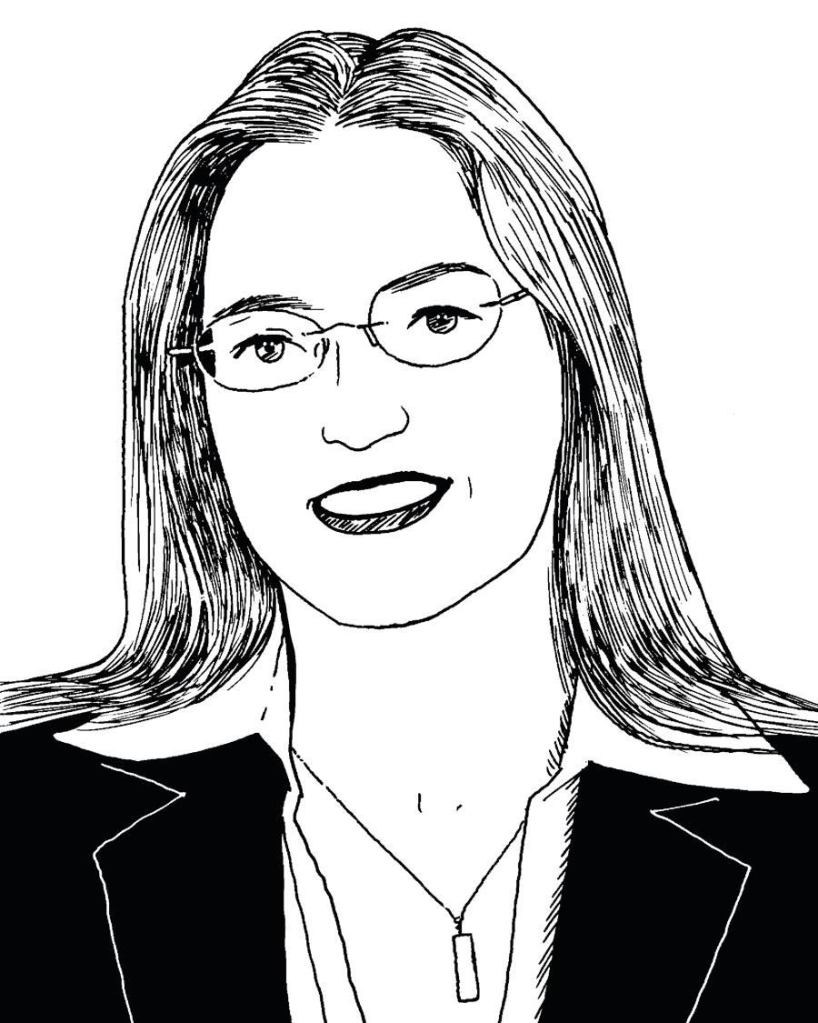Since its introduction in 2000, the U.S. Green Building Council’s LEED rating system has not only grown to include more than 107,511 projects in the U.S. and 129 other countries, but the system has transformed local and state environmental laws. Whereas achieving top-level Platinum or Gold LEED ratings once meant energy efficiencies some 10 percent or even 25 percent beyond code stipulations, state and local jurisdictions are now setting standards that match these stringent requirements—for better and for worse.
Nellie Reid, Gensler
According to Nellie Reid, who directs sustainable-design initiatives for Gensler from the mega-firm’s Los Angeles office, the 2008 Green Building Standards code, known as CalGreen, “changes the game for us.”
CalGreen went into effect as a voluntary basis on Aug. 1, 2009; compliance was made mandatory as of Jan. 1 of this year. The CalGreen code is the first statewide green-building code in the nation.
“By the state mandating this, instead of architects having to convince clients in investing in energy-efficient equipment and design, we can focus on meeting the solution,” Reid says. “We can say, ‘It’s required by law.’ We have to just figure out the best way to do that by budget.”
The architect believes that CalGreen will inspire more clients to pursue LEED compliance because they’re already meeting the energy requirements. But at the same time, Reid acknowledges that CalGreen is a work in progress. Many cities have no means of enforcement.
“With CalGreen, each city has to come up with a way to check that the design meets the code. The city of L.A. created their own customized, easy-to-use checklist, so the reviewers on the city’s side can understand the form.” But many other cities, she says, haven’t created any sort of checklist for the requirements. “What’s the mechanism for how to report and review it?”
Action at the national level may bring standardization. Reid cites the International Green Construction Code—a combined effort of organizations including the American Institute of Architects and the American Society of Heating, Refrigerating and Air-Conditioning Engineers—that was unveiled in 2010. “I think we’ll see that adopted by a lot of states,” Reid says, citing its amenability to local customization. “We are seeing a ratcheting up of codes around the country, and that it’s all connected.”
Lisa Petterson, SERA Architects
For Lisa Petterson of Portland, Ore., firm SERA Architects, codes for government buildings such as the Energy Independence and Security Act of 2007 (EISA) guide her work. In order to get federal stimulus funding from the American Recovery and Reinvestment Act (ARRA) for Portland’s Edith Green-Wendell Wyatt Federal Building renovation, SERA was challenged by the General Services Administration to meet design standards set by EISA’s requirement to meet the 2030 Challenge.
“You have a specific goal to meet versus a moving target. They’re requiring 55 percent less fossil-fuel usage, 30 percent reductions from solar-thermal hot water, 20 percent potable water reductions, and 50 percent non-potable water reductions,” Petterson says. “The EISA legislation says the government should lead in this area.”
Petterson believes that both LEED and more-stringent rating systems that have followed—such as the Living Building Challenge—have served to heighten EISA and ARRA strictures. “I would expect there would be a ratcheting up of other codes,” she says. “Why are we not doing this more?”
Allen Eskew, Eskew+Dumez+Ripple
In New Orleans, Eskew+Dumez+Ripple director Allen Eskew, FAIA—who has been involved with Hurricane Katrina recovery planning efforts such as Bring New Orleans Back as well as the Unified New Orleans Plan—is frustrated by the base flood-level elevations issued by the Army Corps of Engineers.
“The flood elevation is based on the belief that the levees will hold and you’re dealing with rain from thunderstorms or torrential but temporary downpours,” Eskew says. “But all bets are off when there [are] breaches in the levee. Because of the actions of the corps pre-Katrina, there was a real loss of confidence in the corps modeling. And because Katrina was in fact a midsized hurricane, it’s a worst-case natural-disaster scenario. Do you build for the 100-, the 500-, or the 1,000-year flood? In a city and region that is right in hurricane alley, there are still mixed signals as to what is prudent.”
Not only does this make safety guidelines confusing, but it’s contributing to a disconnect between building heights and setbacks across the city’s neighborhoods. “We’ve got an extraordinary inventory of historic architecture. But when you change the paradigm, the whole way in which you related from your front porches to the sidewalk, it alters the socializing pattern and becomes disruptive,” Eskew says.
